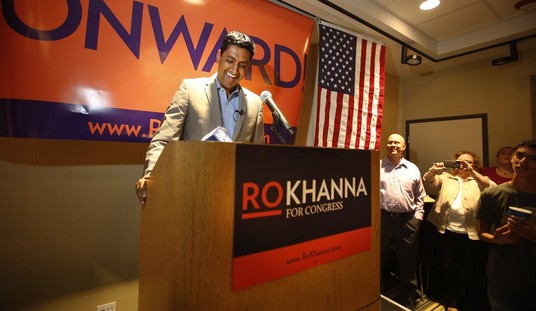Almost two months ago, I wrote about the single-payer system of which most Americans have never heard: the Indian Health Service. The catalyst for the post was the death of a five-year-old girl who got misdiagnosed as depressed instead of having stomach cancer, thanks to a lack of resources for proper testing and diagnosis. The AP reported at length about the grossly underresourced single-payer system for Indian reservations. This weekend, the Wall Street Journal picked up the story and explained further the failures of the IHS:
The IHS attempts to provide health care to American Indians and Alaska Natives in one of two ways. It runs 48 hospitals and 230 clinics for which it hires doctors, nurses, and staff and decides what services will be provided. Or it contracts with tribes under the Indian Self-Determination and Education Assistance Act passed in 1975. In this case, the IHS provides funding for the tribe, which delivers health care to tribal members and makes its own decisions about what services to provide.
The IHS spends about $2,100 per Native American each year, which is considerably below the $6,000 spent per capita on health care across the U.S. But IHS spending per capita is about on par with Finland, Japan, Spain and other top 20 industrialized countries—countries that the Obama administration has said demonstrate that we can spend far less on health care and get better outcomes. In addition, IHS spending will go up by about $1 billion over the next year to reach a total of $4.5 billion by 2010. That includes a $454 million increase in its budget and another $500 million earmarked for the agency in the stimulus package.
Unfortunately, Indians are not getting healthier under the federal system. In 2007, rates of infant mortality among Native Americans across the country were 1.4 times higher than non-Hispanic whites and rates of heart disease were 1.2 times higher. HIV/AIDS rates were 30% higher, and rates of liver cancer and inflammatory bowel disease were two times higher. Diabetes-related death rates were four times higher. On average, life expectancy is four years shorter for Native Americans than the population as a whole.
Rural Indians fare even worse, as data from Sen. Baucus’s home state show. According to IHS statistics, in Montana and Wyoming, Indians suffer diabetes at rates 20% higher, heart disease 12% higher, and lung cancer rates 67% higher than the average across all IHS regions in the country. A recent Harvard University study found that life expectancy on a reservation in neighboring South Dakota was 58 years. The national average is 77.
Part of this comes from unhealthy lifestyles, too. Terry Anderson quotes Kelly Eagleman, an officer of the Chippewa Cree band in Montana, “We all smoke. We lay on the couch. But when something happens to us, we’re the first to point and say that the clinic should have fixed us.”
But Eagleman also thinks the top-down bureaucracy of the IHS creates big problems. Native Americans on the reservations know that the money from the IHS will run out about half-way through the year; their proverb, “Don’t get sick after June,” is a warning that there will be no resources for treatment. Eagleman has pushed for autonomy and a limited amount of privatization on his reservation, using IHS money as block grants to run their own clinics outside of the IHS bureaucracy. That decision provides better and more consistent care.
This demonstrates that the proper measure of “efficiency” isn’t the money spent on administration but the outcomes from the health-care system. Congress sets the level of spending on IHS, and obviously sets it far too low. Given this track record, it’s really not terribly difficult to extrapolate what will happen in a “public plan” that pushes insurers from the field.
Maybe Congress should fix the health system it already runs before assuming the arrogance to fix the one that works perfectly well for the vast majority of Americans.







Join the conversation as a VIP Member